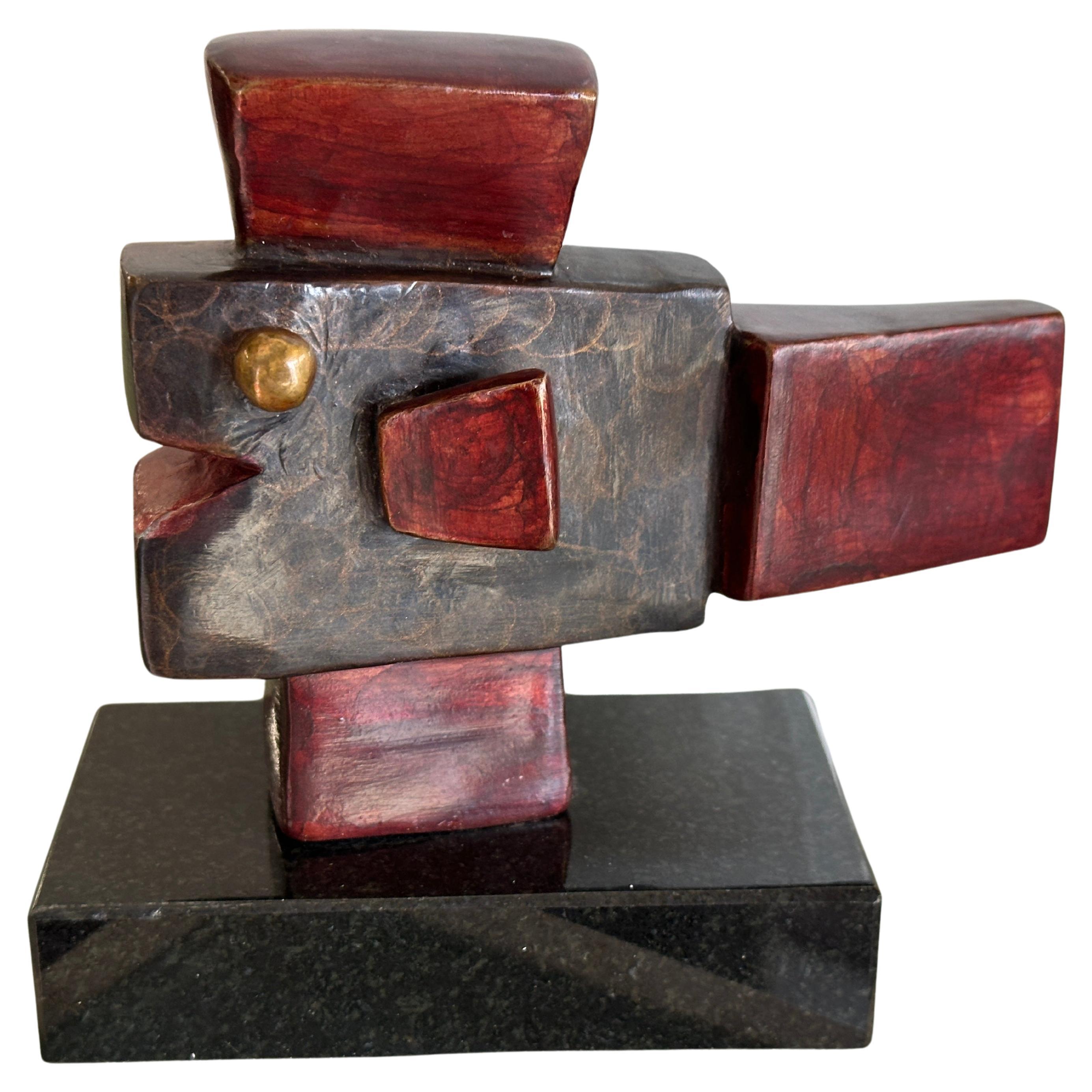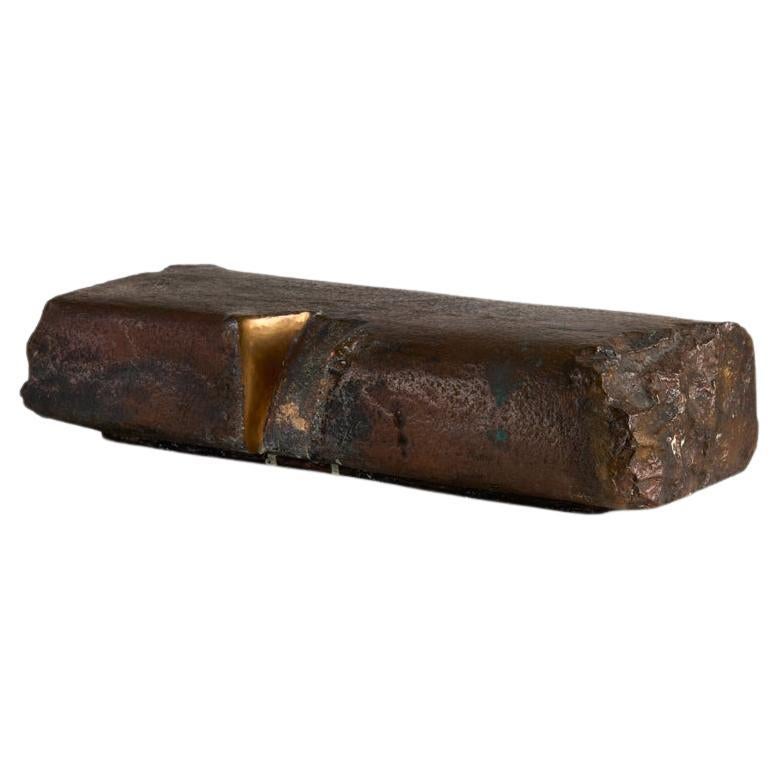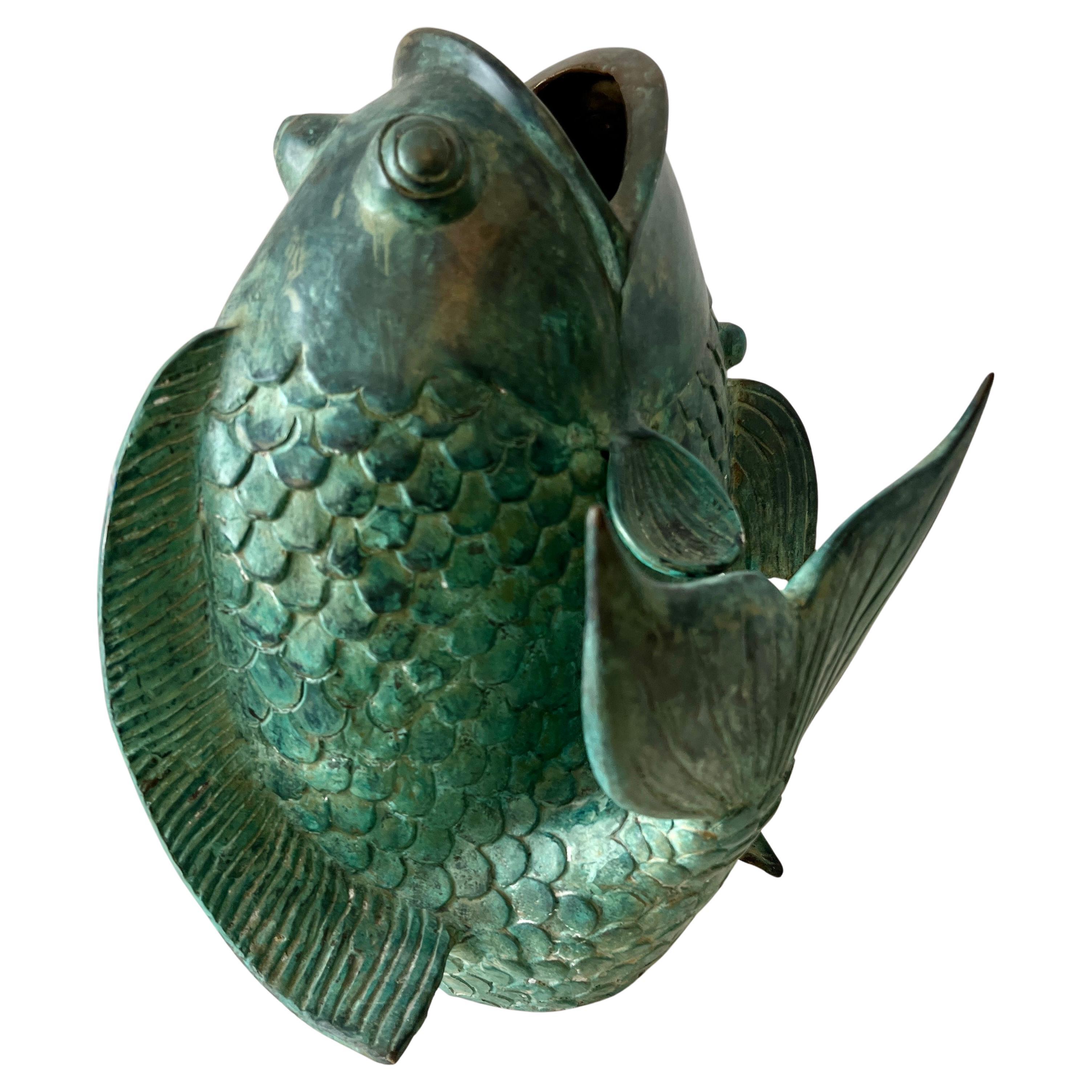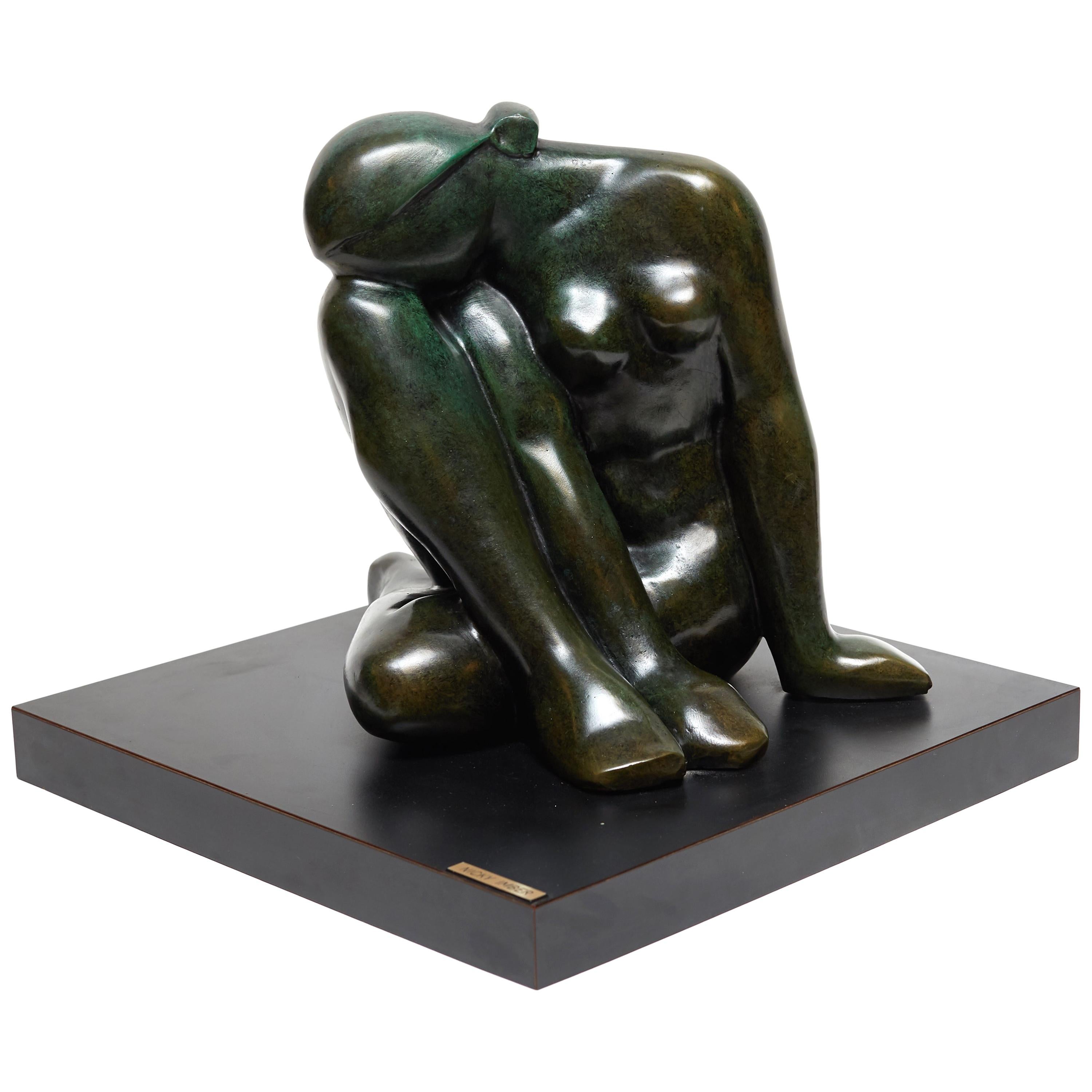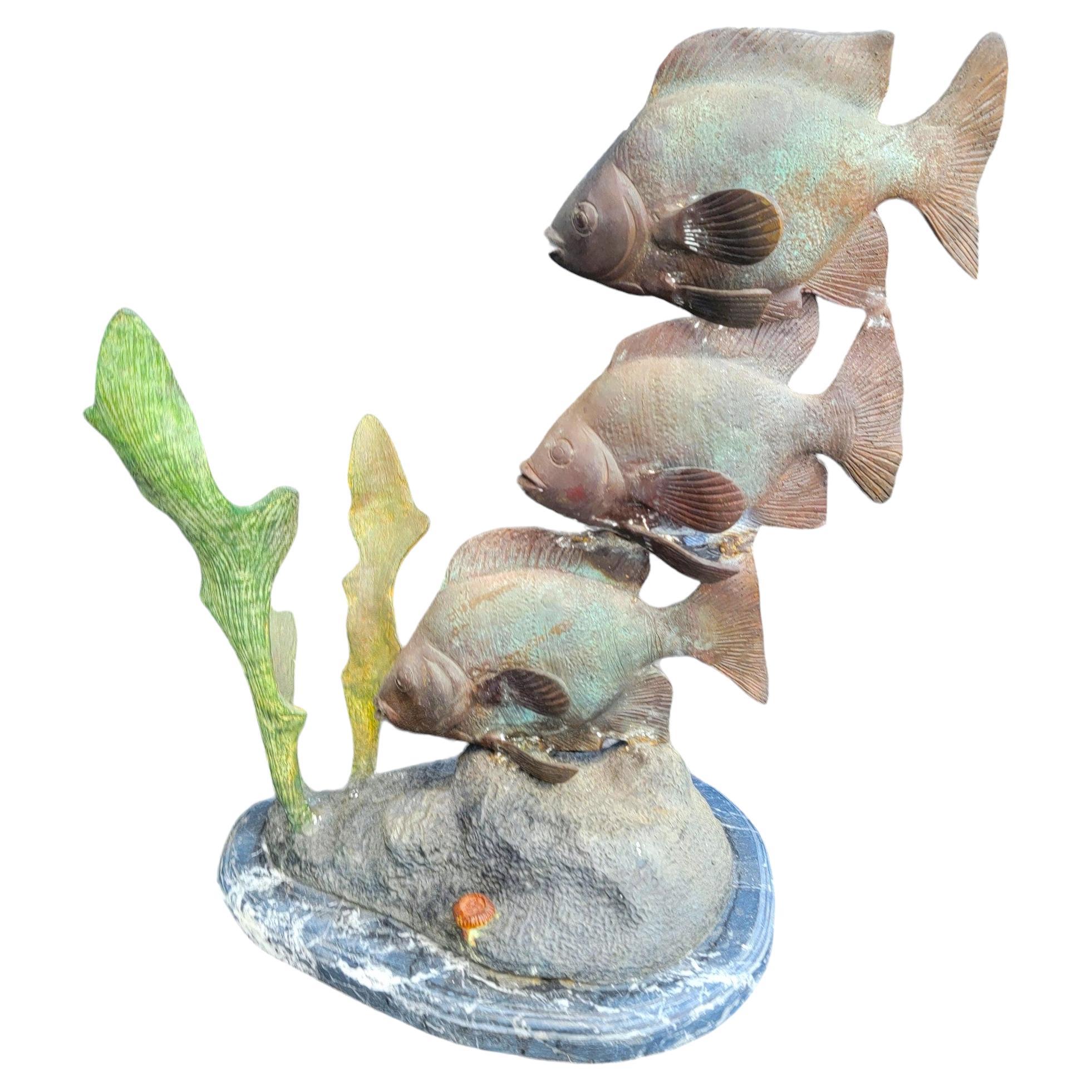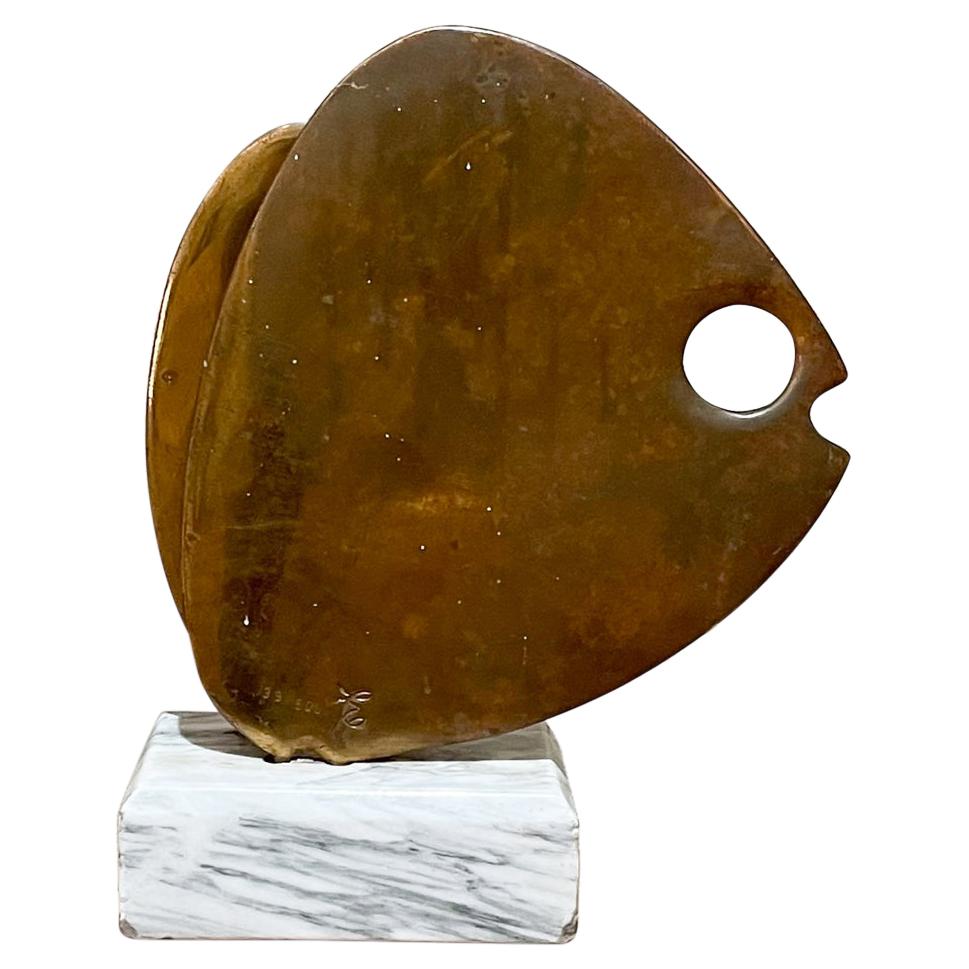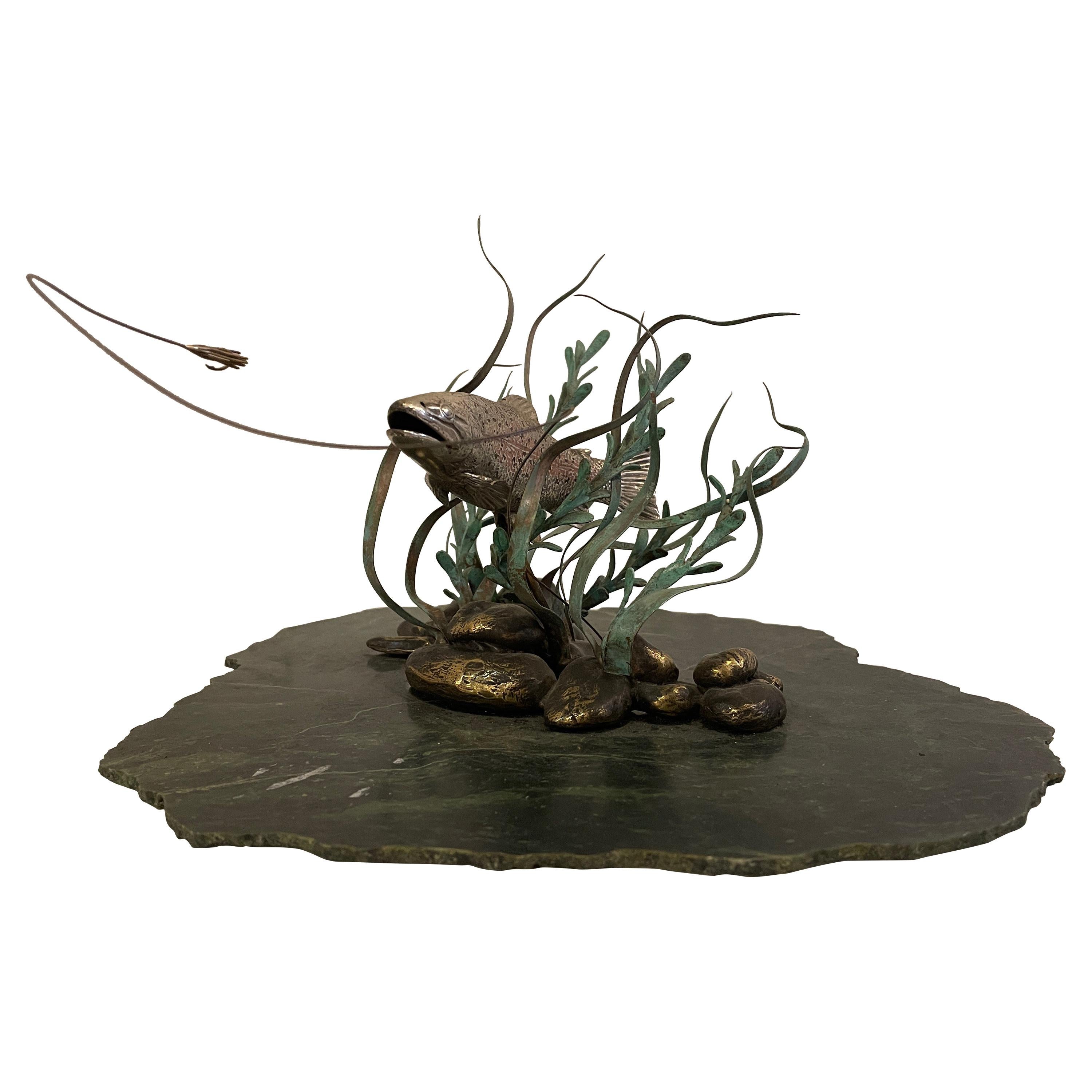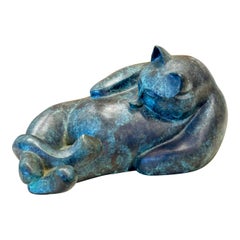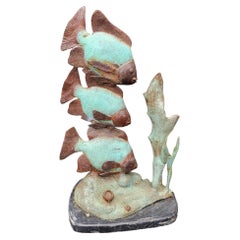
Bronze Fish, 1996
View Similar Items
1 of 2
Bronze Fish, 1996
About the Item
- Creator:Kiki Kogelnik (Artist)
- Dimensions:Height: 15.75 in (40 cm)Width: 37.41 in (95 cm)Depth: 0.79 in (2 cm)
- Materials and Techniques:
- Place of Origin:
- Period:
- Date of Manufacture:1996
- Condition:
- Seller Location:Vienna, AT
- Reference Number:1stDibs: LU98251302164
You May Also Like
- Vintage 1996 Mythical Dancing Creature Bronze SculptureLocated in Seguin, TXFull figure bronze sculpture of mythical pig like man creature by Paul Algueseva III (b. 1960) American. Plaque titled Harlequin III When Pigs Fly, ...Category
Late 20th Century American Expressionist Figurative Sculptures
MaterialsBronze
- Barbara Beretich “Tanko” Bronze Cat Sculpture 1996By Barbara BeretichLocated in Palm Springs, CAA wonderful bronze cat by the noted California artist Barbara Beretich. It is titled Tanko and is signed and dated underneath 9/21/96. It is numbered 6/24. It has developed a beautif...Category
1990s American Animal Sculptures
MaterialsBronze
- Bronze Patinaed Tall Fish statueLocated in Pasadena, CABronze Patinaed Tall Fish statue. Wonderful Green coral like color with a mutes gray. Wonderful patina to the sculpture. great height and weight. Measures approx - 27h x 16d x 10.5wCategory
Vintage 1960s American Adirondack Animal Sculptures
MaterialsBronze
- Japanese Bronze Koi Fish SculptureLocated in Houston, TXJapanese Bronze Koi Fish Sculpture. This well executed Japanese bronze Koi or Goldfish sculpture has a beautiful patinated verdigris finish and will...Category
Vintage 1950s Japanese Meiji Animal Sculptures
MaterialsBronze
- Douglas Brett Bronze Fish 2008Located in Palm Springs, CAA whimsical cute bronze with great patina and color by the noted San Francisco California artist Douglas Brett. It is mounted on what looks like black granite. it is signed and dated...Category
Early 2000s American Animal Sculptures
MaterialsGranite, Bronze
- Yongjin Han, Untitled, Sculpture in Bronze, United States, 1996By Yongjin HanLocated in New York, NYYongjin Han was born in Seoul, South Korea in 1934. After the Korean War—in which he fought, lying about his age in order to enlist—he was one of six students admitted to the sculpture program at the Seoul National University. At the time of his enrollment little of his native city remained intact; nonetheless, he had never felt more responsible to his work, firm in the conviction that artistic expression is every bit as essential to life and human nature as eating, drinking, or breathing. One of Han’s teachers was Kim Chong Yung, a pioneer of Korean abstract sculpture, and by the time of his graduation he had adopted the abstraction that had seized both Europe and the United States several years before. . In 1967 he relocated to the USA, where he studied at Dartmouth and Columbia. Over the course of his long career the artist returned to Korea with frequency and made extended stays in Japan and Europe. Trips to Korea signified something more than mere homesickness: Han’s work, though made largely in America, remained grounded in his rich cultural heritage. Korea rests on a bedrock of granite, and freestanding sculpture produced of the stone has for centuries demarcated sites of historical and religious significance. Han’s sculpture bridges this past with modernity. Richard A. Born, former Curator at the Smart Museum at the University of Chicago, has said that Han “brought Korea’s tradition of direct stone carving out of figuration into a refined, non-objective abstraction.” For his part, Han put very little stock in designations; his focus, instead, was on the stone itself. His pieces explore a certain harmonization with nature. Han, when describing his work, said, "As stone has been around since the beginning of time, it has much to teach us if we care to slow down and listen." He believed that each stone has its own history, character, and energy and that his task was to draw out these inherently spiritual qualities. He described his process as a “dialogue” with his material: "The stone tells me it has an itch in a certain spot, so I scratch it—and we both feel better!" Han worked alone and with manual tools, and the process is arduous. Carving stone this way takes time, and, what’s more, required great force—yet Han’s sculptures, even the monumental ones, are, as friend and fellow artist David Parker says, “all gentle grace and warmth” … [the sculptor] “engages with the stone as an equal—like wayfarers meeting on a path, Han and a stone spend time together and when they part, both are marked and changed forever.” Yongjin Han's career spanned decades and continents, and included several prestigious large-scale public commissions. In Seoul his work can be found at the National Museum of Contemporary Art, the IE Young Museum of Contemporary Art, the Whanki Museum, the Ewha Woman’s University Museum, Posong High School, and the 88 Olympics...Category
21st Century and Contemporary American Abstract Sculptures
MaterialsBronze




